The Primary and Secondary Market Corporate Credit Facilities
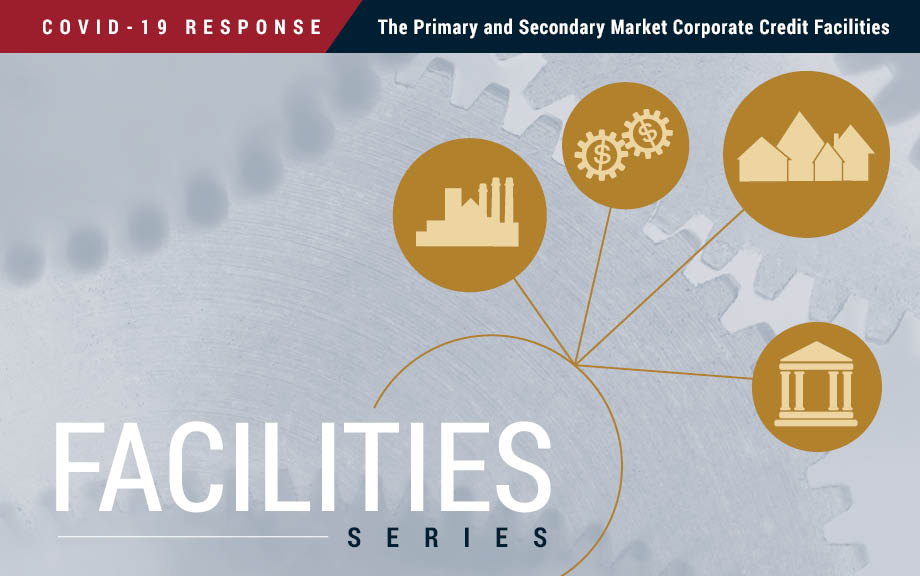
On April 9, the Federal Reserve announced that it would take additional actions to provide up to $2.3 trillion in loans to support the economy in response to the coronavirus pandemic. Among the initiatives are the Primary Market and Secondary Market Corporate Credit Facilities (PMCCF and SMCCF), whose intent is to provide support for large U.S. businesses that typically finance themselves by issuing debt in capital markets. Corporate bonds support the operations of companies with more than 17 million employees based in the United States and these bonds are key assets for retirees and pension funds. If companies are unable to issue corporate bonds, they may be unable to invest in inventory and equipment, meet current liabilities, or pay employees. Maintaining access to credit is thus crucially important during the COVID-19 pandemic, both for issuing companies and for their employees. This post documents the dislocations in the corporate bond market that have motivated the creation of these facilities and explains how we expect these facilities to support U.S. businesses and their employees both through the COVID-related disruptions and beyond, when the economy recovers.
Have the Fed Swap Lines Reduced Dollar Funding Strains during the COVID‑19 Outbreak?

In March 2020, the Federal Reserve made changes to its swap line facilities with foreign central banks to enhance the provision of dollars to global funding markets. Because the dollar has important roles in international trade and financial markets, reducing these strains helps facilitate the supply of credit to households and businesses, both domestically and abroad. This post summarizes the changes made to central bank swap lines and shows that these changes were effective at bringing down dollar funding strains abroad.
What Do Financial Conditions Tell Us about Risks to GDP Growth?
The Paycheck Protection Program Liquidity Facility (PPPLF)
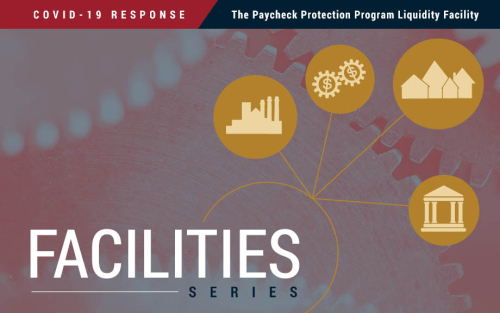
On April 9, 2020, the Federal Reserve announced that it would take additional actions to provide up to $2.3 trillion in loans to support the economy in response to the COVID-19 crisis. Among the measures taken was the establishment of a new facility intended to facilitate lending to small businesses via the Small Business Administration’s Paycheck Protection Program (PPP). Under the Paycheck Protection Program Liquidity Facility (PPPLF), Federal Reserve Banks are authorized to supply liquidity to financial institutions participating in the PPP in the form of term financing on a non-recourse basis while taking PPP loans as collateral. The facility was launched April 16, 2020. As of May 7, it had issued over $29 billion in loans (see the H.4.1 Statistical Release). This post lays out the background for the PPPLF and discusses its intended effects.
The Primary Dealer Credit Facility
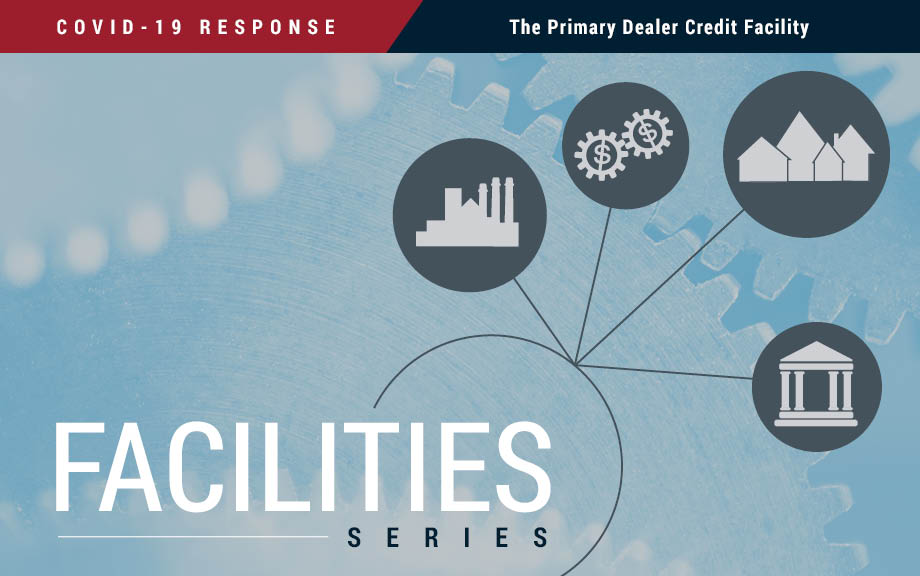
On March 17, 2020, the Federal Reserve announced that it would re-establish the Primary Dealer Credit Facility (PDCF) to allow primary dealers to support smooth market functioning and facilitate the availability of credit to businesses and households. The PDCF started offering overnight and term funding with maturities of up to ninety days on March 20. It will be in place for at least six months and may be extended as conditions warrant. In this post, we provide an overview of the PDCF and its usage to date.
Modeling the Global Effects of the COVID‑19 Sudden Stop in Capital Flows

The COVID-19 outbreak has triggered unusually fast outflows of dollar funding from emerging market economies (EMEs). These outflows are known as “sudden stop” episodes, and they are typically followed by economic contractions. In this post, we assess the macroeconomic effects of the COVID-induced sudden stop of capital flows to EMEs, using our open-economy DSGE model. Unlike existing frameworks, such as the Federal Reserve Board’s SIGMA model, our model features both domestic and international financial constraints, making it well-suited to capture the effects of an outflow of dollar funding. The model predicts output losses in EMEs due in part to the adverse effect of local currency depreciation on private-sector balance sheets with dollar debts. The financial stresses in EMEs, in turn, spill back to the U.S. economy, through both trade and financial channels. The model-predicted output losses are persistent (consistent with previous sudden stop episodes), with financial effects being a significant drag on the recovery. We stress that we are only tracing out the effects of one particular channel (the stop of capital flows and its associated effect on funding costs) and not the totality of COVID-related effects.
The Commercial Paper Funding Facility
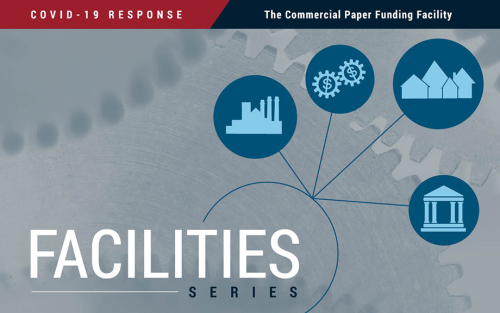
This post documents dislocations in the commercial paper market following the COVID-19 outbreak that motivated the Fed to create the Commercial Paper Funding Facility, and tracks the subsequent improvement in market conditions.
Putting the Current Oil Price Collapse into Historical Perspective
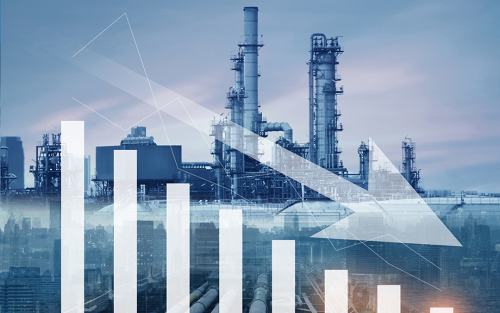
Since the outbreak of the COVID-19 pandemic in late January, oil prices have fallen sharply. In this post, we compare recent price declines with those seen in previous oil price collapses, focusing on the drivers of such episodes. In order to do that, we break oil price shocks down into demand and supply components, applying the methodology behind the New York Fed’s weekly Oil Price Dynamics Report.
Inflation Expectations in Times of COVID‑19

As an important driver of the inflation process, inflation expectations must be monitored closely by policymakers to ensure they remain consistent with long-term monetary policy objectives. In particular, if inflation expectations start drifting away from the central bank’s objective, they could become permanently “un-anchored” in the long run. Because the COVID-19 pandemic is a crisis unlike any other, its impact on short- and medium-term inflation has been challenging to predict. In this post, we summarize the results of our forthcoming paper that makes use of the Survey of Consumer Expectations (SCE) to study how the COVID-19 outbreak has affected the public’s inflation expectations. We find that, so far, households’ inflation expectations have not exhibited a consistent upward or downward trend since the emergence of the COVID-19 pandemic. However, the data reveal unprecedented increases in individual uncertainty—and disagreement across respondents—about future inflation outcomes. Close monitoring of these measures is warranted because elevated levels may signal a risk of inflation expectations becoming unanchored.
How Did China’s COVID‑19 Shutdown Affect U.S. Supply Chains?
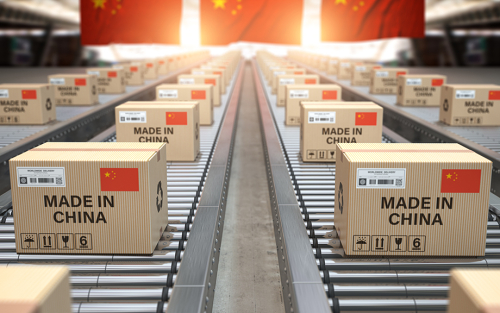
The COVID-19 pandemic has had a significant impact on trade between the United States and China so far. As workers became sick or were quarantined, factories temporarily closed, disrupting international supply chains. At the same time, the trade relationship between the United States and China has been characterized by rising protectionism and heightened trade policy uncertainty over the last few years. Against this background, this post examines how the recent period of economic disruptions in China has affected U.S. imports and discusses how this episode might impact firms’ supply chains going forward.










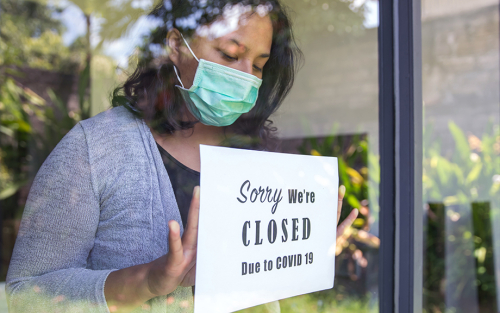
 RSS Feed
RSS Feed Follow Liberty Street Economics
Follow Liberty Street Economics